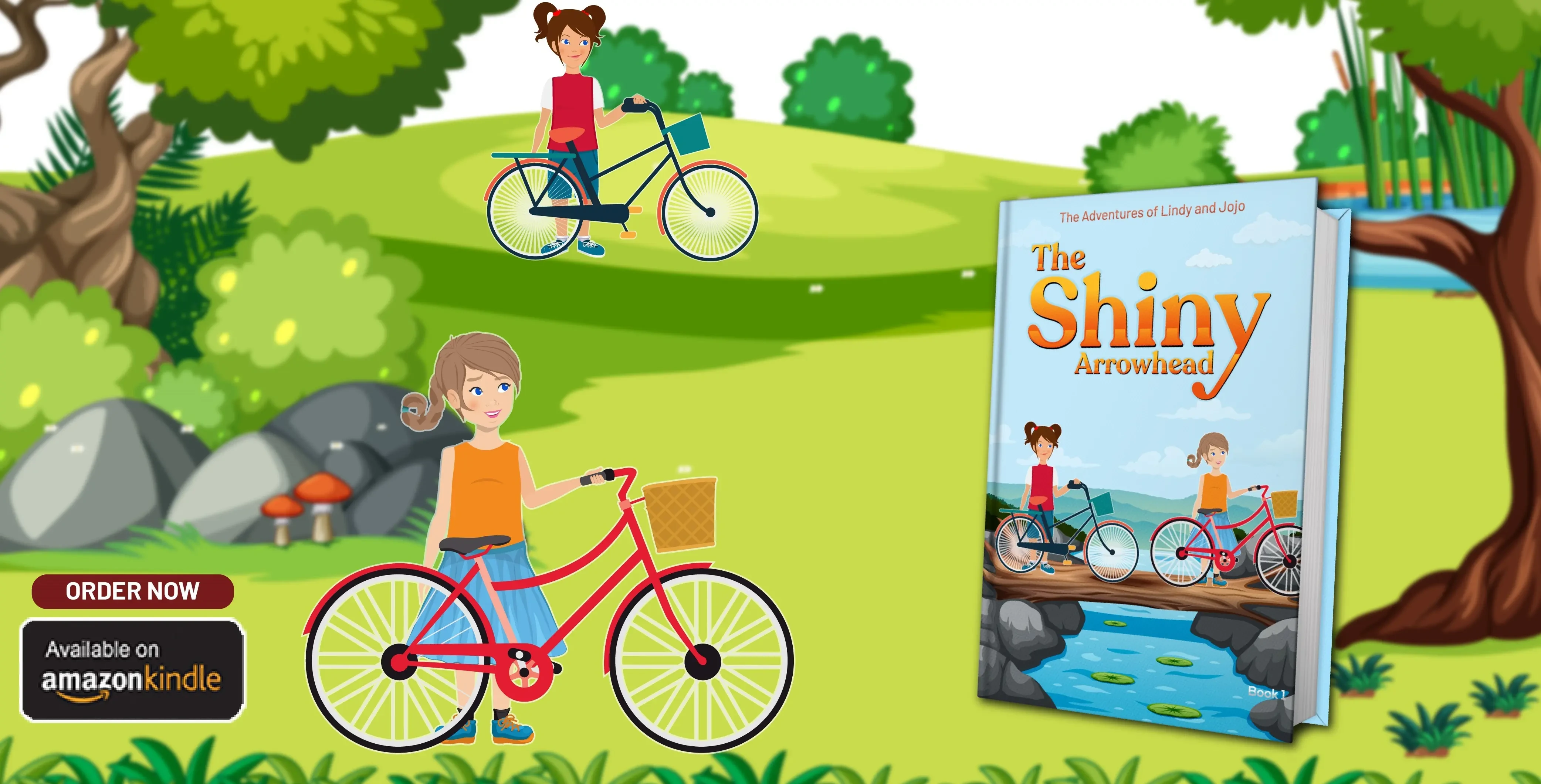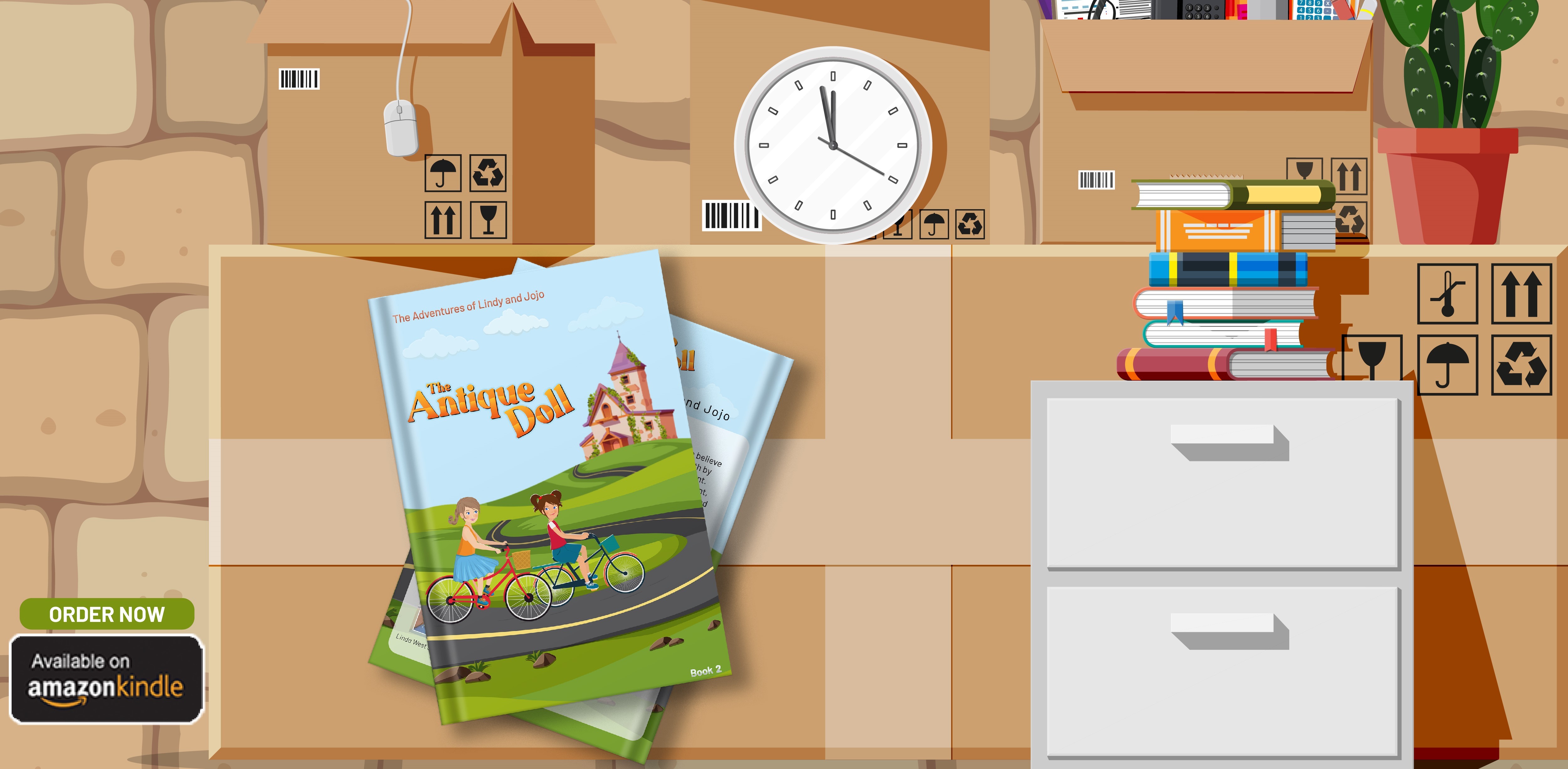
How Excitement and Anticipation Fuel Adventure in Children’s Books
Children’s books are magical realms where excitement and anticipation are the primary fuels driving the adventures and experiences within their pages. These elements delight young readers and play a crucial role in shaping their imagination and engagement with the story. By entangling excitement and anticipation into their narratives, authors create dynamic and memorable experiences that resonate with children long after they’ve turned the final page.
The Power of Excitement and Anticipation
Anticipation and excitement are fundamental aspects of storytelling in children's literature. These elements help to create a sense of urgency and engagement, compelling readers to follow the story's progression with bated breath. This dynamic is particularly important in children's books, where capturing the imagination of young readers is essential for maintaining their interest.
Excitement often manifests through thrilling scenarios, intriguing characters, and unexpected twists. This sense of excitement is essential for keeping readers hooked and eager to discover what happens next. Conversely, anticipation builds suspense and curiosity about future events, encouraging readers to think ahead and invest emotionally in the story.
For instance, in “The Adventures of Lindy and JoJo,” excitement and anticipation are central to the narrative. The story follows the psychic sisters Lindy and JoJo as they embark on a thrilling adventure involving an antique doll with a mysterious past. From the moment the sisters learn about the garage sale and the potential to find the doll from JoJo’s dream, their excitement builds, propelling the story forward. This excitement is palpable as the sisters race to the sale, eager to uncover the doll's mystery.
Crafting an Engaging Narrative
To effectively use anticipation and excitement, authors must carefully craft their narratives. Here are some strategies to ensure these elements are woven seamlessly into children’s books:
Create Intriguing Scenarios
The story's initial setup should present an intriguing scenario that piques readers’ curiosity. In “The Adventures of Lindy and JoJo,” the initial dream about the doll sets the stage for the adventure. The anticipation builds as the girls prepare to visit the garage sale, creating a sense of excitement about what they might find.
Introduce Relatable Characters
Relative and engaging characters help readers connect emotionally with the story. Lindy and JoJo are not just adventurous; they are also depicted as ordinary girls with extraordinary abilities. This relatability helps readers invest in their journey and share in their excitement and anticipation.
Build Suspense
Effective use of suspense keeps readers on the edge of their seats. The book's suspense builds as the sisters search for the doll and encounter various challenges. The suspense is heightened by the gradual revelation of the doll’s significance and the mystery surrounding it.
Use Descriptive Language
Vivid descriptions and sensory details can enhance the sense of anticipation and excitement. Describing the sights, sounds, and feelings associated with the sisters’ adventure makes the experience more immersive and engaging for young readers.
Include Unexpected Twists
Surprises and unexpected twists add to the excitement of the narrative. The revelation of the doll’s connection to Lorelei’s past in the story provides an unexpected twist that deepens the mystery and keeps readers engaged.
The Role of Anticipation in Building Suspense
Anticipation is a key element in building suspense and maintaining reader interest. By hinting at future events or outcomes, authors create a sense of longing and curiosity that drives readers to keep turning the pages. In children’s books, anticipation often involves the following techniques:
Foreshadowing
It involves hinting at events that will appear later in the story. In The Adventures of Lindy and JoJo, the dreams about the doll serve as a form of foreshadowing, setting up the anticipation for the following adventure.
Cliffhangers
Ending chapters or sections with cliffhangers creates a sense of suspense and encourages readers to continue to the next part. For example, when Lindy and JoJo find the doll but still need to uncover its mystery, the cliffhanger keeps readers eager to learn more.
Building Tension
Gradually increasing tension helps to maintain anticipation. In the story, the tension builds as the sisters navigate the garage sale and search for clues about the doll’s past. This gradual buildup of tension keeps readers invested in the outcome.
Revealing Clues
Small clues and hints throughout the story keep readers guessing and anticipating what will happen next. The gradual revelation of the doll’s significance and Lorelei’s backstory add layers of anticipation to the narrative.
Excitement and Anticipation in Different Genres
Adventure Stories
In adventure stories, anticipation and excitement drive the plot forward as characters embark on thrilling quests and face challenges. In The Adventures of Lindy and JoJo, these elements are integral to the story’s progression JoJo,” the excitement of discovering the doll and anticipating solving its mystery is central to the adventure.
Mystery Stories
Mystery stories rely heavily on anticipation as readers attempt to piece together hints and solve the mystery alongside the characters. The excitement builds as the characters uncover new information and move closer to solving the mystery.
Fantasy Stories
Fantasy stories often use excitement and anticipation to create a sense of wonder and magic. The anticipation of exploring new worlds and encountering fantastical creatures adds to the excitement of the narrative.
Historical Fiction
In historical fiction, anticipation and excitement can stem from discovering historical details and unraveling the past. The excitement comes from exploring different periods and learning about historical events through engaging characters.
Engaging Young Readers
The use of excitement and anticipation enhances the narrative and plays a crucial role in engaging young readers. The authors encourage children to actively participate in the story by creating a sense of urgency and curiosity. This engagement fosters a love for reading and stimulates imagination.
In The Adventures of Lindy and JoJo, the excitement and anticipation of finding the doll and uncovering its history keep young readers engaged and invested in the story. The sense of adventure and mystery encourages children to think critically and creatively, making the reading experience both enjoyable and educational.
Conclusion
Excitement and anticipation are powerful tools in children's literature, driving adventures and engaging young readers meaningfully. By carefully crafting narratives that harness these elements, authors create dynamic and memorable stories that captivate the imagination and encourage a love for reading. In The Adventures of Lindy and JoJo, the interplay of anticipation and excitement fuels the sisters' journey and enhances the overall reading experience, demonstrating these elements' essential role in children's books.
As young readers follow Lindy and JoJo’s thrilling adventure, they experience the excitement of discovery and the anticipation of solving the mystery, creating a reading experience that is both captivating and enriching. Through the artful use of excitement and anticipation, children's books continue to inspire and engage the next generation of readers, fostering a lifelong love for storytelling and adventure.
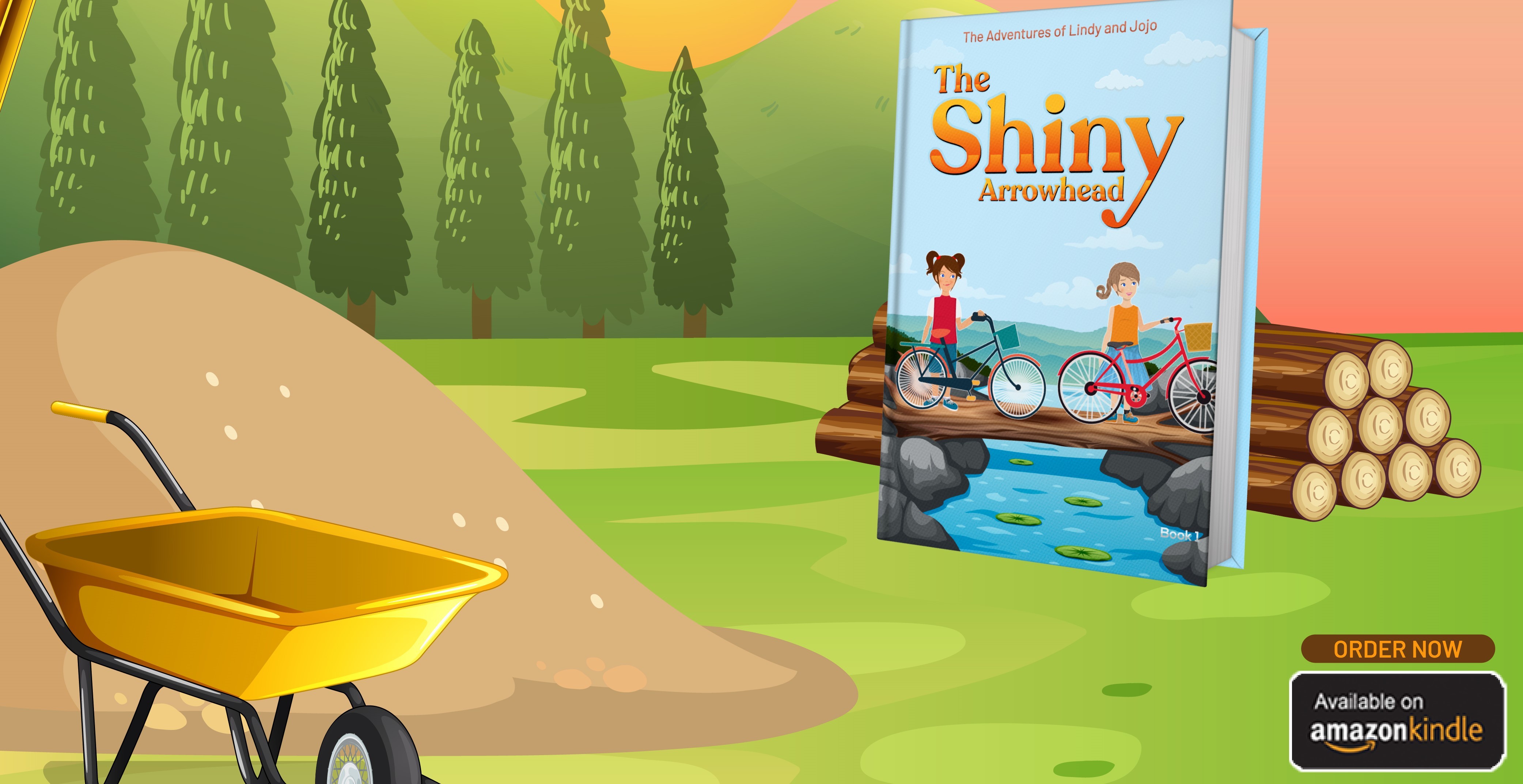
Reminiscing Memories Inspire Adventures | Lindy and Jojo
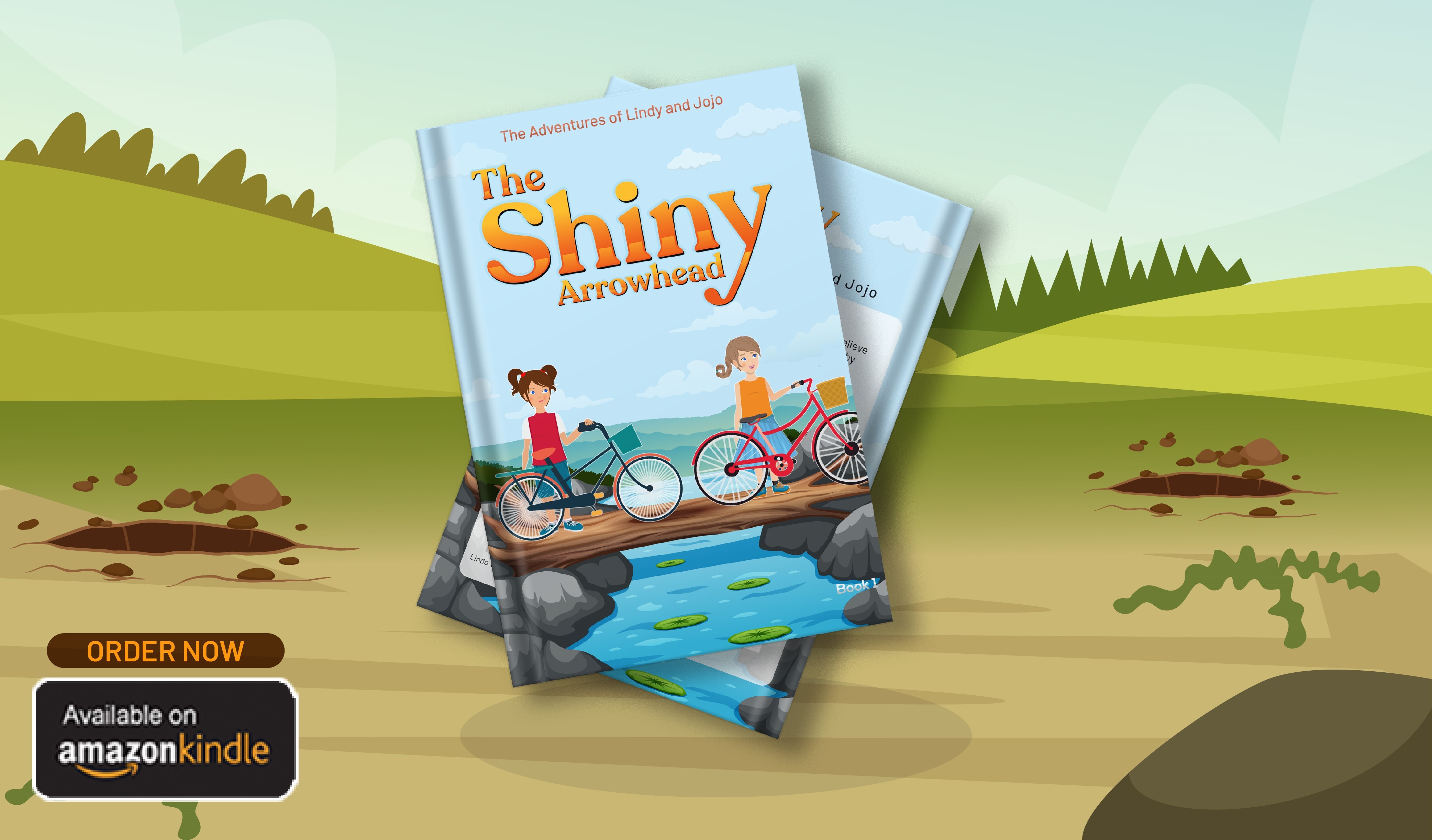
Lindy and Jojo | Symbol of Eternal Love in The Antique Doll

Excitement and Anticipation in Children's Books | Lindy and Jojo

Psychic Sisters' Adventures with Psychic Abilities | Lindy and Jojo
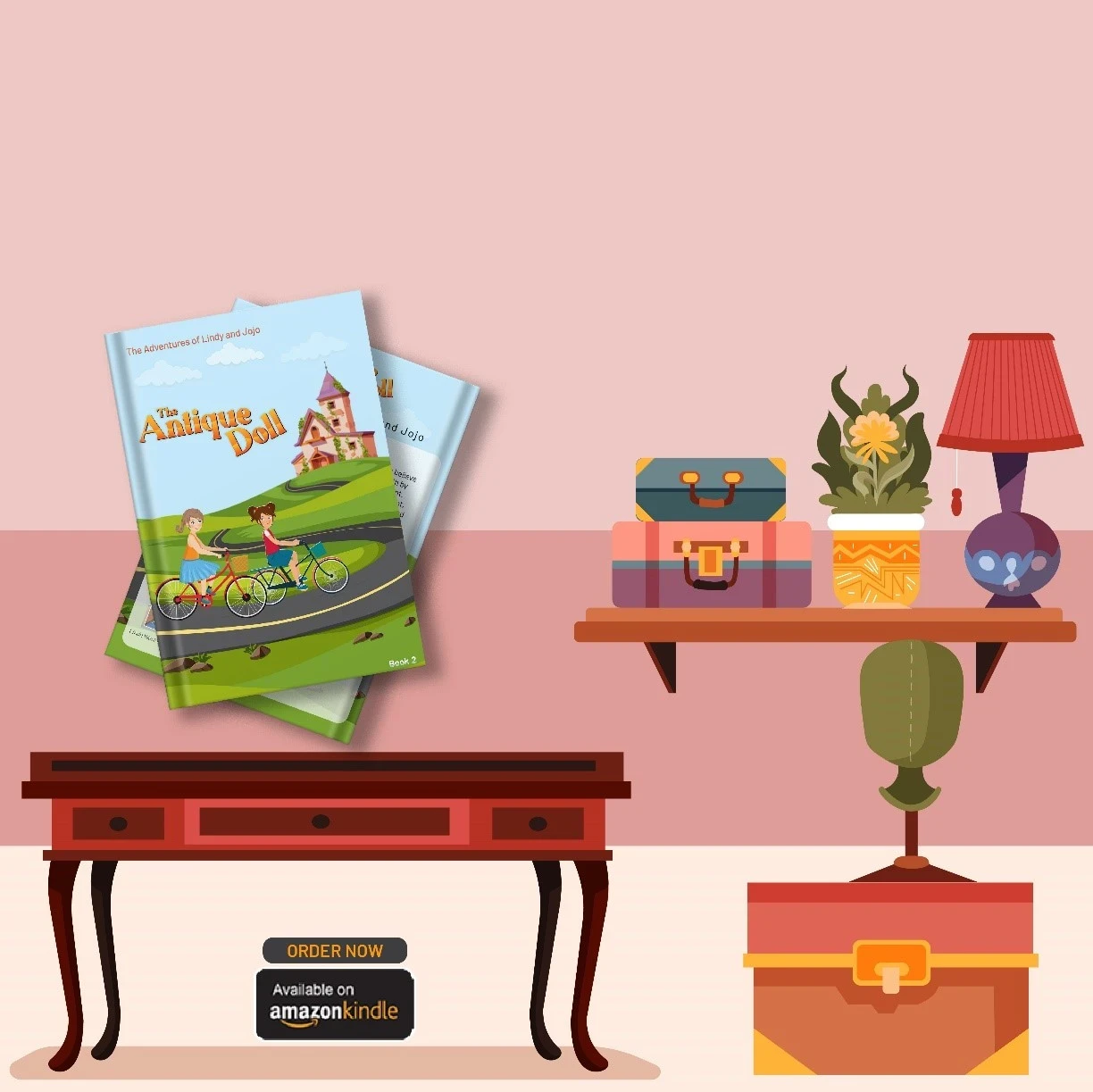
The Intersection of Dreams and Mysteries in Lindy and Jojo's Story
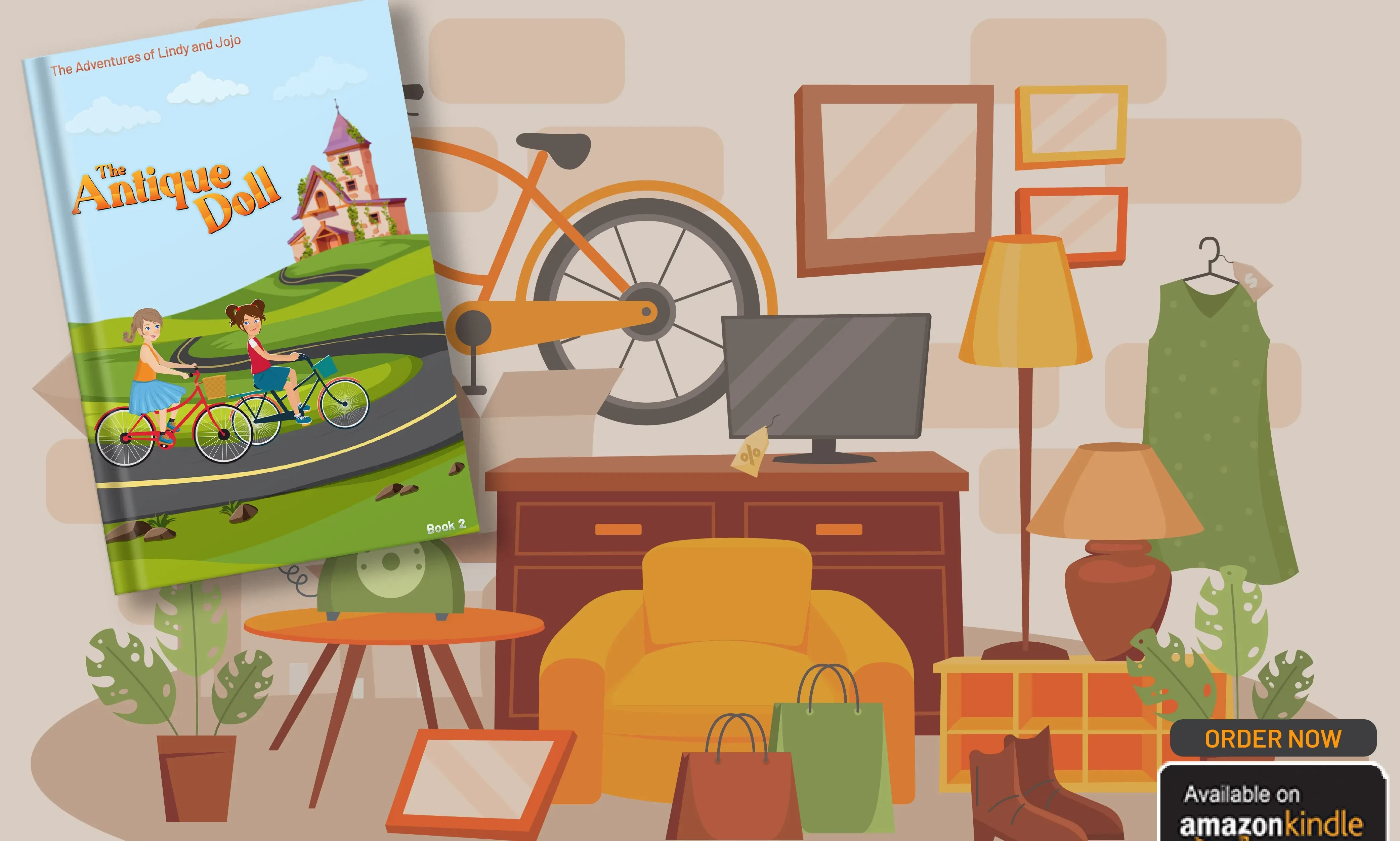
The Power of Dreams in Adventure Children's Books
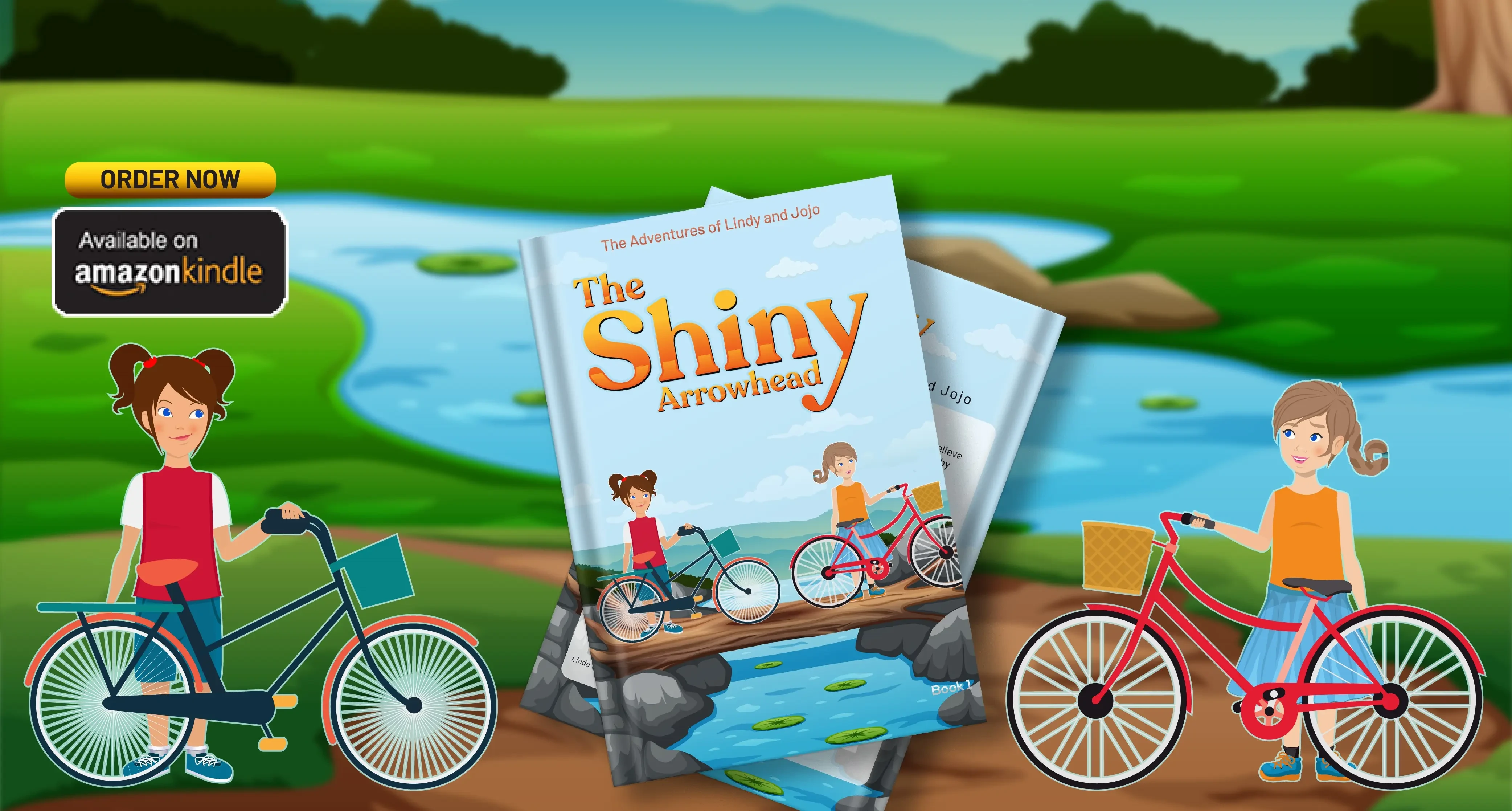
Lindy and Jojo's Encounter with The Native American Spirit
